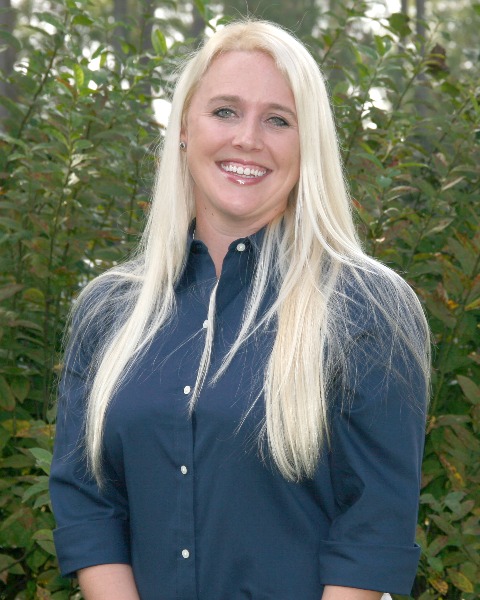Session: SSASAS: SERA 41 / SCC 81 Joint Symposium
451 - Incorporating Alfalfa into Warm-season Grass Systems in the Southeast
Thursday, July 15, 2021
10:05 AM – 10:45 AM EST
Location: Kentucky International Convention Center (KICC), M104/M107

Jennifer J. Tucker, PhD
Associate Professor
University of Georgia, Department of Animal Science
Tifton, Georgia
Presenting Author(s)
Bermudagrass is the primary warm season perennial forage crop grown in the Southeast (~20 million acres) for livestock and forage operations. While prominent in the region, bermudagrass requires large amounts of fertility and forage quality is moderate relative to other options. There has been great success and a growing interest in interseeding alfalfa into existing bermudagrass stands in the region. This combination eliminates the need for nitrogen fertilization, increases relative forage quality (RFQ) better meeting the nutritional needs of livestock, and decreases the need for supplemental feed. In recent years, research evaluations have been conducted across the Southeast to evaluate the use of alfalfa when incorporated into warm-season grass forage systems under various management strategies. Three projects conducted from 2016-2020 at the University of Georgia Tifton campus evaluated ‘Bulldog 805’ alfalfa interseeded into Tifton-85 bermudagrass (1) when harvested as baleage, (2) under grazing management and(3) in a clipping study to better define defoliation management recommendations. Overall findings from this work observed that alfalfa-bermudagrass mixtures provide greater seasonal herbage accumulation, extend the growing season by three to four months annually, and increase forage DM digestibility and CP compared to bermudagrass alone. Steers on ABG managed under rotational stocking had greater total gain/ha (~%33 increase) due to a higher stocking density throughout the growing season than a bermudagrass monoculture. Results indicate that interseeding alfalfa into bermudagrass is a viable option for southeastern forage systems and can be an effective way to improve forage quality, extend the grazing season, and reduce the need for additional supplementation when fed to livestock.

.jpg)
.jpg)
.jpg)
.jpg)
.png)
.png)